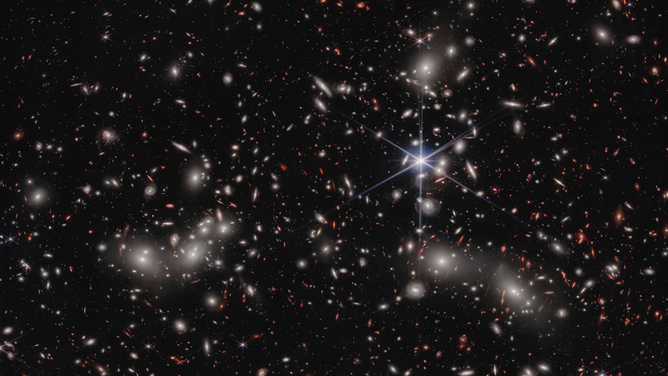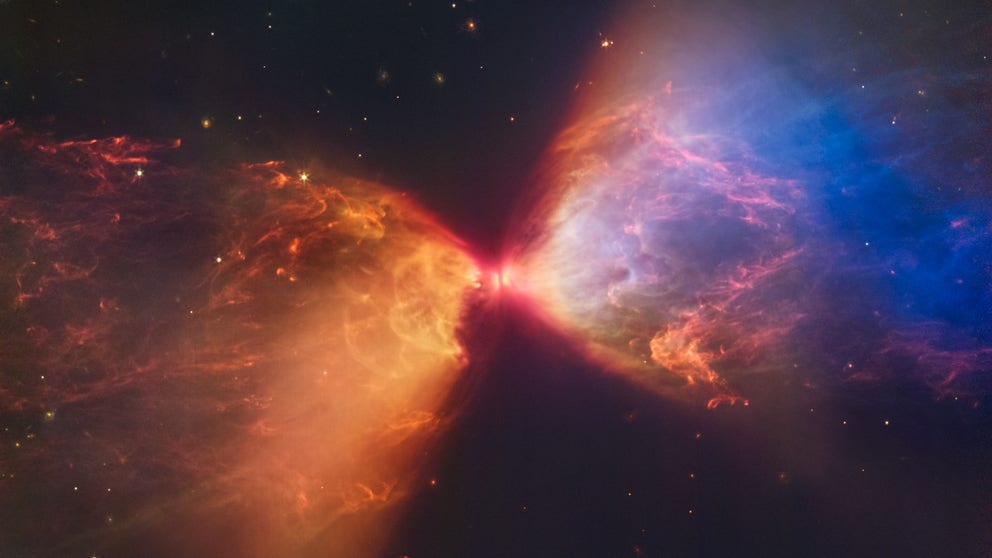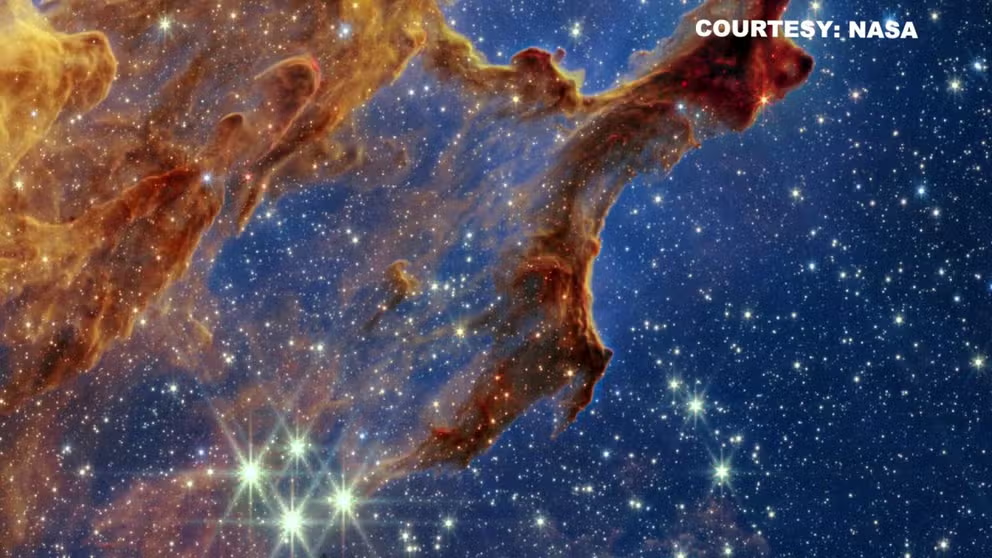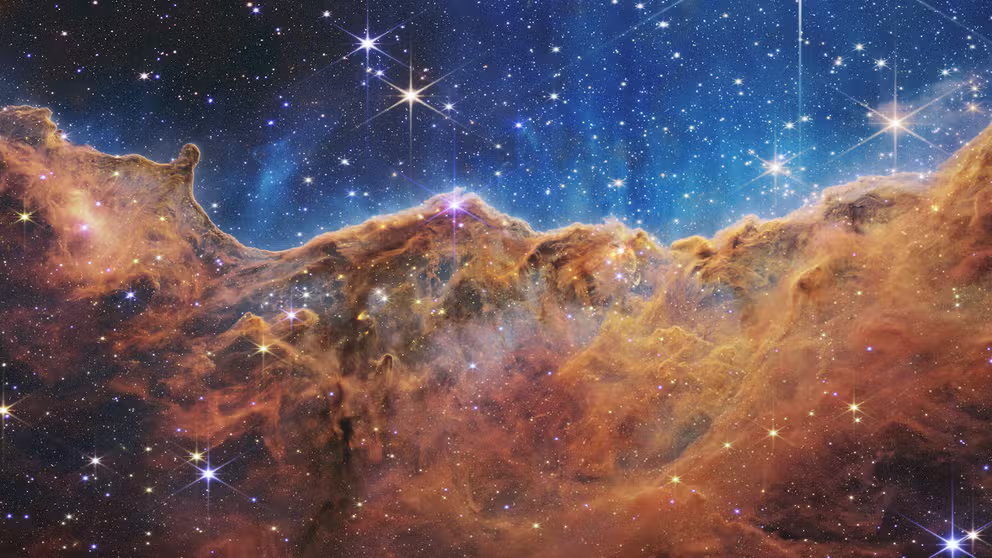NASA’s James Webb Space Telescope uncovers never-before-seen details in Pandora’s Cluster
Astronomers estimate 50,000 sources of near-infrared light are represented in the image from NASA’s James Webb Space Telescope. That has traveled through varying distances to reach the telescope’s detectors, representing the vastness of space in a single image.
See the latest stunning images taken by the James Webb Space Telescope
The James Webb Space Telescope has released more mesmerizing images of the deepest corners of our universe.
A new image from James Webb Space Telescope is bringing never-before-seen details to a region of space studied by scientists for years.
On Wednesday, astronomers revealed the latest deep-field image of Pandora’s Cluster (Abell 2744) from NASA's newest telescope. The photo displays roughly 50,000 sources of near-infrared light.

Astronomers estimate 50,000 sources of near-infrared light are represented in this image from NASA’s James Webb Space Telescope. Their light has traveled through varying distances to reach the telescope’s detectors, representing the vastness of space in a single image.
(Credits: NASA, ESA, CSA, I. Labbe (Swinburne University of Technology) and R. Bezanson (University of Pittsburgh). Image processing: Alyssa Pagan (STScI) / FOX Weather)
The team said they captured the cluster with six-hour camera exposures in a total of about 30 hours of observing time.
WEBB TELESCOPE FINDS NEW COLOSSEUM-SIZED ASTEROID IN MAIN BELT BY ACCIDENT
The new view displays three clusters of massive galaxies coming together to form a "megacluster," according to NASA. The combined mass of the galaxy clusters creates a powerful gravitational lens, a natural magnification effect of gravity, allowing much more distant galaxies in the early universe to be observed by using the cluster like a magnifying glass.
Scientists hope the new technology will open up a new frontier in the study of cosmology and galaxy evolution.
"The ancient myth of Pandora is about human curiosity and discoveries that delineate the past from the future, which I think is a fitting connection to the new realms of the universe Webb is opening up, including this deep-field image of Pandora’s Cluster," said astronomer Rachel Bezanson, of the University of Pittsburgh in Pennsylvania.
Bezanson said when the images of Pandora’s Cluster first came in from Webb, they were a little star-struck.
"There was so much detail in the foreground cluster and so many distant lensed galaxies," he said. "I found myself getting lost in the image. Webb exceeded our expectations."
'BURIED TREASURE': JAMES WEBB TELESCOPE’S NEWEST IMAGES SHOW STAR AT BIRTH
Video tour of Webb's Pillars of Creation
The James Webb Space Telescope provides a near-infrared light view of the Pillars of Creation.
The central core of Pandora’s Cluster was previously studied by NASA’s Hubble Space Telescope. The new view of the cluster stitches four Webb snapshots together into one panoramic image.
Astronomer Ivo Labbe, of the Swinburne University of Technology in Melbourne, Australia, said Webb's imaging of Pandora’s Cluster shows a stronger, wider, deeper, better lens that has never been seen before.
"My first reaction to the image was that it was so beautiful," Labbe said. "It looked like a galaxy formation simulation. We had to remind ourselves that this was real data, and we are working in a new era of astronomy now."
Incredible images from James Webb show the universe like never before
As the world's premier space science observatory, the James Webb Space Telescope is giving us glimpses into distant worlds like never before.


